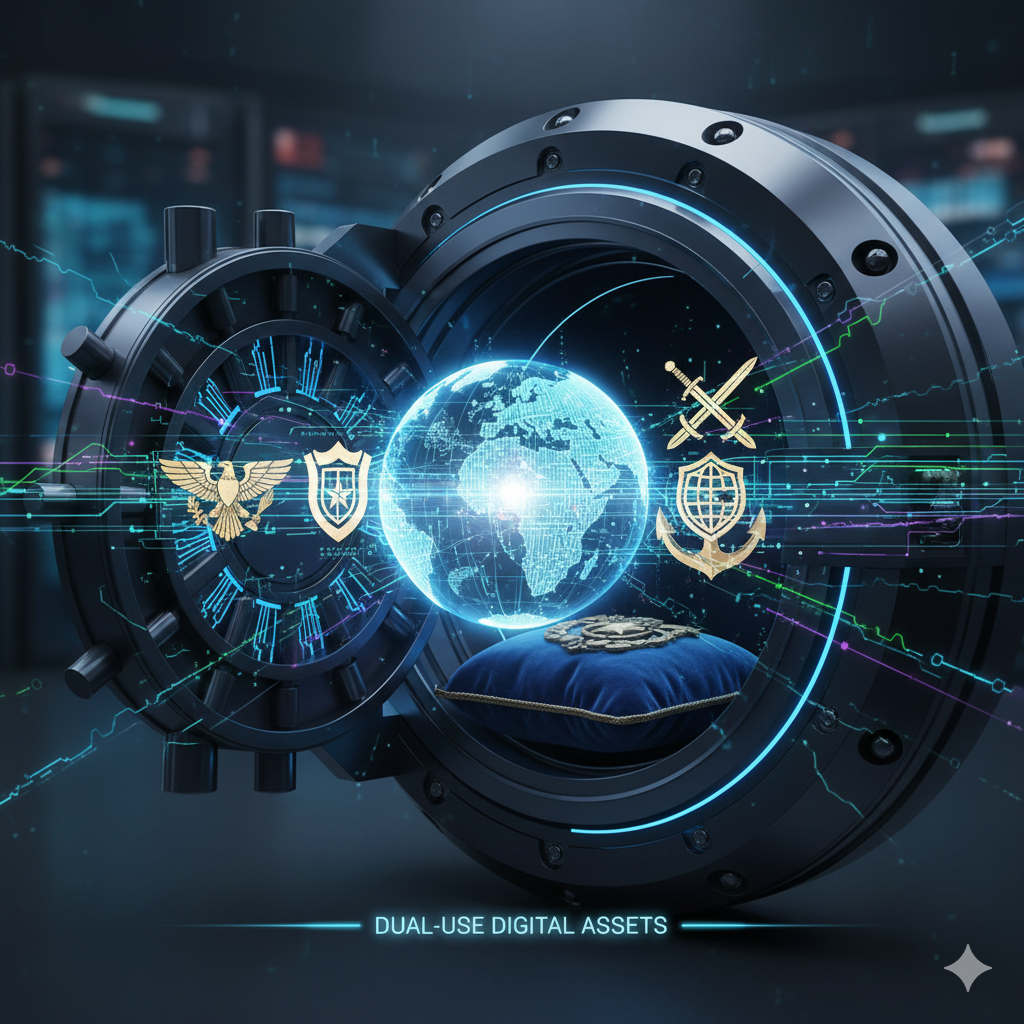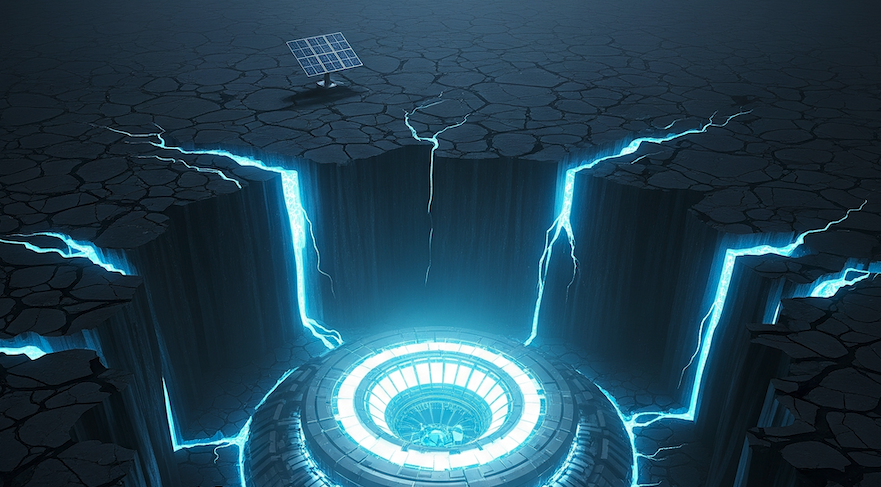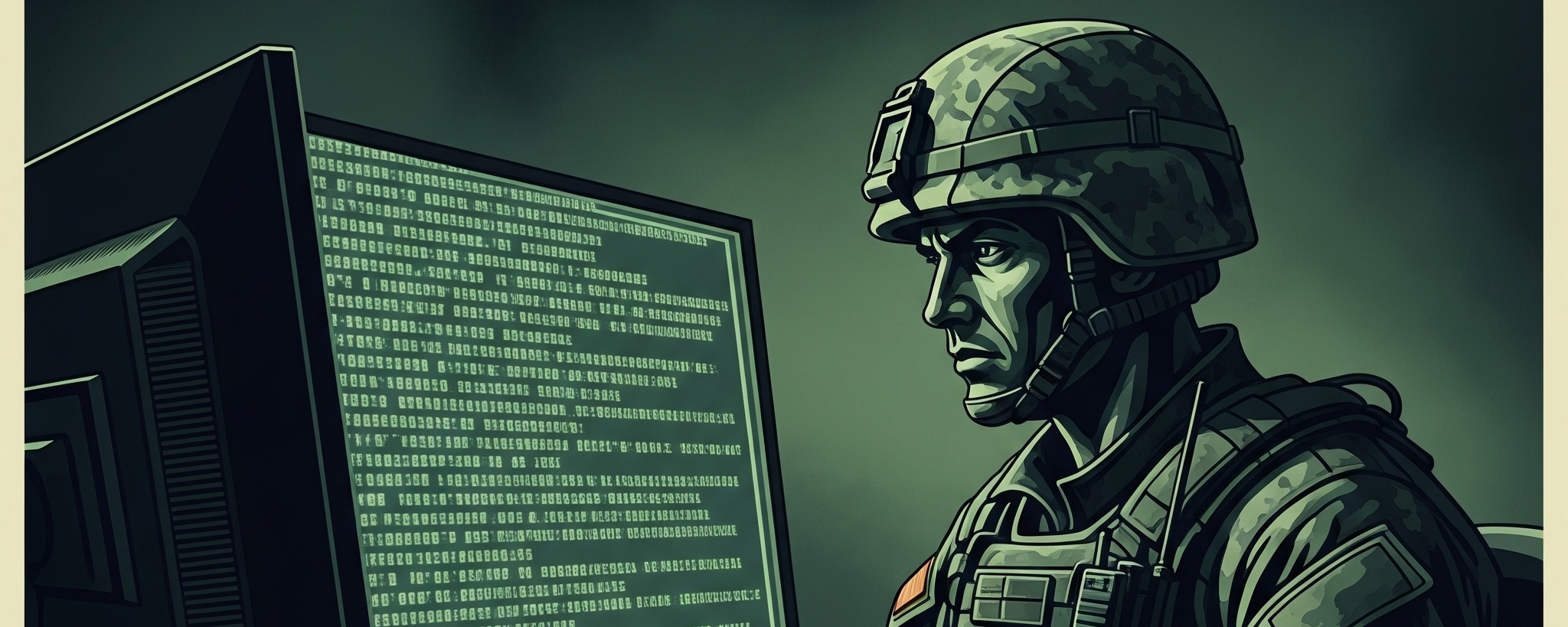Rename the NDAA: It’s time to stop calling our primary military bill the “National Defense Authorization Act.” A name that reflects our true goal, The Peace Through Strength Act, is a more honest and strategic choice.
Pivot from Ukraine to Harden NATO: Stop funding the un-winnable conflict in Ukraine and redirect those resources to prepare our actual NATO allies for Russia’s real test. This means wargaming and preparing for “Gray Zone” attacks on the Baltics and probes of the Suwałki Gap, ensuring our treaty commitments are backed by undeniable force.
Secure Our Northern Flank: Acquire Greenland: We should begin the process of purchasing Greenland from Denmark. This move would secure vital rare-earth minerals, grant the U.S. permanent strategic dominance in the Arctic, and provide an unshakeable check against Russian and Chinese ambitions in our hemisphere.
Give Taiwan a Choice: Present Taiwan’s critical industries (like TSMC) a “golden ticket” offer to relocate to the United States. If they refuse, our strategic focus will pivot to reinforcing our treaty allies in the region, including Japan, South Korea, the Philippines, and Australia.
Redefine National Service: Instead of forcing women into draft registration, inspire a new patriotism. Allow women to register for the Selective Service with the clear understanding they would serve in a smaller capacity and primarily in non-combat and support roles, promoting national readiness through inspiration, not a mandate.




